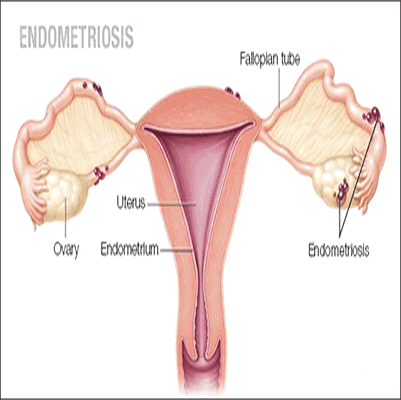Acne-
Overview
Acne is a common condition, which most of us have dealt with at some point in our lives. Acne, or acne vulgaris, is a skin condition where the pores and hair follicles of the skin get clogged with sebum, which is an oily, wax textured substance secreted from the skin glands. Although the face is the most commonly affected part, acne can occur anywhere on the body like the chest, shoulders and upper back.
Acne is mainly of two types, comedogenic and non-comedogenic. Comedogenic acne is mainly non-inflammatory and can be seen in the form of whiteheads and blackheads. Non-comedogenic acne, on the other hand, is inflammatory and may be red, pus-filled, and painful.
The treatment of acne comprises topical, systemic, and lifestyle remedies. In topical remedies, your doctor will prescribe ointments or cleansers. Systemic therapy consists of either antibiotics or hormonal preparations to keep the acne at bay. Lifestyle changes for acne majorly include a clean diet, better hydration and regular exercise. Timely treatment of acne can be of great help in preventing acne scars in future.
Symptoms
- Whiteheads (closed plugged pores)
- Blackheads (open plugged pores)
- Small red, tender bumps (papules)
- Pimples (pustules), which are papules with pus at their tips
- Large, solid, painful lumps below the surface of the skin (nodules)
- Painful, pus-filled lumps below the surface of the skin (cystic lesions)
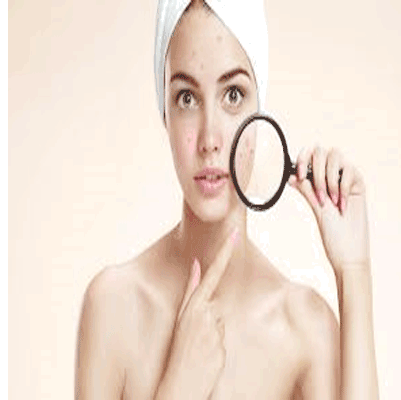
Amenorrhea
Amenorrhea – Causes, Symptoms, Effects & Homeopathic Treatment
What is Amenorrhea?
Amenorrhea means the absence of menstrual periods in women for 3 months or more.
It is classified into two types:
-
Primary Amenorrhea: When a girl does not start menstruation by the age of 16–18 years.
-
Secondary Amenorrhea: When a woman who had regular periods suddenly stops menstruating.
Possible Causes
-
Hormonal Imbalance: PCOS, thyroid disorders, high prolactin levels
-
Natural Causes: Pregnancy, breastfeeding
-
Lifestyle Factors: Stress, depression, excessive exercise, sudden weight loss
-
Obesity or sudden weight gain
-
Structural Problems: Uterus or ovarian disorders (cysts, tumors, etc.)
-
Medications: Contraceptives, psychiatric medicines
Symptoms of Amenorrhea
-
Absence of menstrual periods
-
Abdominal heaviness or pain
-
Pimples, unwanted hair growth (in PCOS)
-
Mood swings, irritability
-
Milky discharge from breasts (high prolactin)
-
Sudden weight changes
-
Headache, vision changes, or fatigue in some cases
Possible Effects / Complications
-
Infertility (difficulty in conceiving)
-
Persistent hormonal imbalance
-
Calcium deficiency → Weak bones (risk of osteoporosis)
-
Continuous stress and mental health effects
Homeopathic Medicines (General Guidelines)
Medicines should always be prescribed after proper consultation with a qualified homeopathic doctor.
-
Pulsatilla 200
-
Delayed or scanty periods
-
Light flow, emotional and weepy nature
-
-
Sepia 200
-
Irregular or absent periods
-
Irritability, weakness, uterine heaviness
-
-
Graphites 200
-
For obese women with hormonal imbalance
-
Skin problems, dryness
-
-
Natrum Muriaticum 200
-
Amenorrhea due to grief or stress
-
Headache, weakness
-
-
Cimicifuga 30
-
Mental restlessness before periods
-
Muscular and nerve pains
-
Lifestyle Tips
-
Eat a balanced diet rich in iron, calcium, and Vitamin D
-
Do regular yoga and light exercise
-
Reduce stress and ensure adequate sleep
-
Avoid taking hormonal medicines without medical advice
Conclusion
Amenorrhea is not just about “missing periods”; it is a sign of underlying hormonal imbalance.
Homeopathy offers a safe, natural, and long-term solution by balancing hormones and improving overall health.
For holistic treatment, contact Spaks Homeopathy:
Email: info@spakshomeopathy.com
Phone: +91 8700458818
Address: E-38, Budh Vihar, Badarpur, New Delhi – 110044
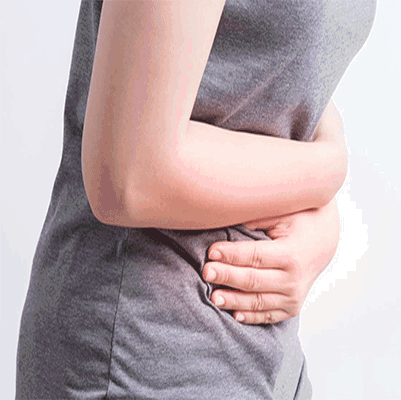
Anemia-
Anemia – Causes, Symptoms & Homeopathic Treatment
Overview
Anemia is a condition in which the body does not have enough healthy red blood cells (RBCs) to carry adequate oxygen to the tissues. This leads to weakness, fatigue, and low energy.
There are different types of anemia, each with its own causes. It may be temporary or chronic, ranging from mild to severe. If left untreated, anemia can also be a warning sign of serious underlying health conditions.
When RBC count or hemoglobin levels drop below normal, the blood carries less oxygen, leading to weakness and various health issues.
Common Symptoms of Anemia
-
Persistent weakness or fatigue
-
Dizziness or feeling faint
-
Cold hands and feet
-
Headaches
-
Pale skin, brittle nails
-
Difficulty concentrating
-
Shortness of breath or chest discomfort
-
Irregular or rapid heartbeat
-
Poor mental focus
Causes of Anemia
-
Nutritional deficiencies – Iron, Vitamin B12, Folic Acid deficiency
-
Excessive blood loss – Heavy periods, ulcers, piles, injury, surgery
-
Chronic illnesses – Kidney disease, TB, cancer, autoimmune disorders
-
Genetic factors – Thalassemia, Sickle Cell Anemia
-
Poor digestion/malabsorption – Worm infestation, weak gut, improper nutrient absorption
Homeopathic Medicines for Anemia
(Note: Medicine selection should always be based on individual symptoms & under expert homeopathic guidance.)
-
Ferrum Phosphoricum 6X / 12X
-
Early stage of anemia
-
Weakness after illness, low-grade fever
-
Pale face, tired body
-
-
China (Cinchona Officinalis) 200
-
Anemia after blood loss (injury, heavy periods)
-
Dizziness, ringing in ears
-
Weakness even after mild exertion
-
-
Natrum Muriaticum 200
-
Headache & hair fall with anemia
-
Weakness after grief or stress
-
Desire for salty food
-
-
Ferrum Metallicum 200
-
Pale skin, face turns red after light work
-
Weak digestion, aversion to eggs
-
Dizziness & weakness
-
-
Arsenicum Album 200
-
Severe weakness with restlessness
-
Burning pains, anxiety
-
Useful in long-standing anemia
-
-
Calcarea Phosphorica 200
-
Anemia in young girls during puberty
-
Weak bones, delayed growth, late periods
-
Diet & Lifestyle Tips
-
Eat iron-rich foods: green leafy vegetables, beetroot, dates, pomegranate, jaggery
-
Add Vitamin C-rich fruits (lemon, amla) for better iron absorption
-
Take proper rest & manage stress
-
Deworming if intestinal worms are suspected
-
Regular health check-ups if blood loss is continuous
Conclusion
Anemia is not just “low hemoglobin,” but also a sign of nutritional deficiency or chronic illness. Homeopathy not only improves hemoglobin naturally but also treats the root cause of the problem safely.
Treatment at Spaks Homeopathy
-
Root cause treatment – not just temporary relief
-
Safe & natural remedies – no side effects
-
Personalized medicine selection
-
Special expertise in Anemia, Male Disorders, STD, Piles, Fissure, Fistula & more
-
Diet & lifestyle guidance for long-term recovery
Address: E-38, Budh Vihar, Badarpur, New Delhi – 110044
Email: info@spakshomeopathy.com
Phone: +91 8700458818
Do you also want me to create a short infographic-style version (Causes → Symptoms → 3 Key Medicines) that you can directly use for social media posts or video scripts?
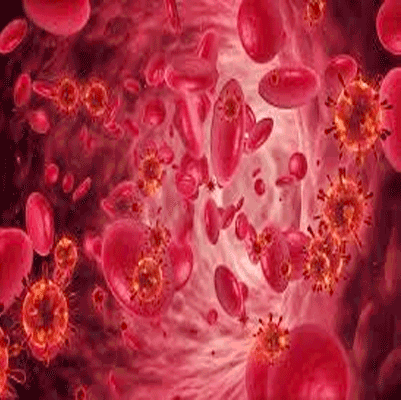
Central Preconscious Puberty
Central Precocious Puberty (CPP)
Overview
Central Precocious Puberty (CPP) is a condition in which a child’s body begins changing into that of an adult (puberty) too early.
In girls, puberty usually starts before the age of 8 years, and in boys before 9 years.
Puberty includes rapid growth of bones and muscles, changes in body shape and size, and the development of the body’s ability to reproduce.
The exact cause of early puberty is often unknown. Rarely, it may be due to conditions such as infections, hormonal disorders, tumors, brain abnormalities, or injury.
Treatment usually involves medicines to delay further development until the appropriate age.
Symptoms of Central Precocious Puberty
Signs and symptoms appearing before 8 years in girls and 9 years in boys include:
-
Breast development and first menstruation in girls
-
Enlargement of testicles and penis, facial hair, and deep voice in boys
-
Pubic or underarm hair
-
Rapid height growth
-
Acne
-
Adult body odor
-
Emotional changes such as mood swings and irritability
-
Bone growth ahead of age (can later result in short stature)
Causes of Central Precocious Puberty
-
Idiopathic (Unknown causes) – most common, especially in girls
-
Brain abnormalities (tumor, cyst, congenital defect)
-
Brain infections or injury (meningitis, trauma)
-
Genetic mutations affecting hormone regulation
-
Hypothalamic hamartoma (benign growth in hypothalamus)
-
Radiation therapy or surgery to the brain
Effects if Untreated
-
Premature closure of bone growth plates → shorter adult height
-
Emotional and psychological stress (feeling different from peers)
-
Risk of developing hormonal disorders later in life
Homeopathic Medicines for CPP
Homeopathy treats the child’s physical, mental, and emotional constitution to restore natural balance. Commonly indicated remedies include:
-
Pulsatilla – For shy, sensitive girls with early periods or breast development.
-
Calcarea Carbonica – For chubby children with early puberty, excess sweating, and delayed learning but rapid physical growth.
-
Sulphur – For tall, lean children with early puberty and intellectual development.
-
Sepia – For girls with early menstruation, irritability, and desire for solitude.
-
Tuberculinum – For restless, weak children with repeated illnesses and rapid growth.
-
Lachesis – For early and heavy periods in highly sensitive, emotional children.
-
Phosphorus – For thin, fair, tall children with early development, sensitive and anxious nature.
Why Choose Spaks Homeopathy?
-
Root-cause based holistic treatment
-
Safe for children, without side effects
-
Prevents complications of premature puberty
-
Personalized medicines as per individual symptoms
-
Expert guidance in child health, hormonal imbalance, and male/female disorders
Address: E-38, Budh Vihar, Badarpur, New Delhi – 110044
Email: info@spakshomeopathy.com
Phone: +91 8700458818

Chloasma
Chloasma (Melasma) – A Homeopathic Perspective
Overview
Chloasma, commonly known as Melasma or the “Pregnancy Mask”, is a skin condition characterized by brown or dark patches on the face.
It is most common in women due to pregnancy, hormonal changes, or prolonged sun exposure.
Although not physically harmful, it deeply affects facial beauty, confidence, and emotional well-being.
Causes
-
Hormonal changes during pregnancy (Pregnancy Mask)
-
Use of contraceptive pills
-
Hormonal imbalance (Estrogen–Progesterone)
-
Prolonged exposure to sunlight
-
Thyroid or other hormonal disorders
-
Excessive stress and lack of sleep
-
Genetic tendency
Effects if Untreated
-
Loss of facial charm and self-confidence
-
Persistent and darker facial patches
-
Recurrence with sun exposure or stress
-
Emotional distress and self-consciousness
-
Negative impact on social and personal life
Homeopathic Treatment
Homeopathy does not just mask the spots but works on the root cause like hormonal imbalance, emotional factors, and overall constitution.
Some commonly prescribed medicines (based on individual case history):
-
Sepia – For pigmentation due to pregnancy or hormonal imbalance.
-
Sulphur – For recurrent and stubborn patches.
-
Kali Carb – For hormonal disorders with brown facial patches.
-
Pulsatilla – For sensitive, emotional women with hormonal disturbances.
-
Thuja – For long-standing, resistant pigmentation.
-
Natrum Mur – For pigmentation aggravated by sun exposure.
Why Choose Spaks Homeopathy?
-
Root cause treatment – Not just cosmetic covering of patches.
-
Individualized prescriptions – Based on patient’s physical, emotional, and mental symptoms.
-
Safe & side-effect free – Gentle healing for skin and hormones.
-
Restores confidence – Improves appearance and emotional well-being.
Address: E-38, Budh Vihar, Badarpur, New Delhi – 110044
Email: info@spakshomeopathy.com
Phone: +91 8700458818
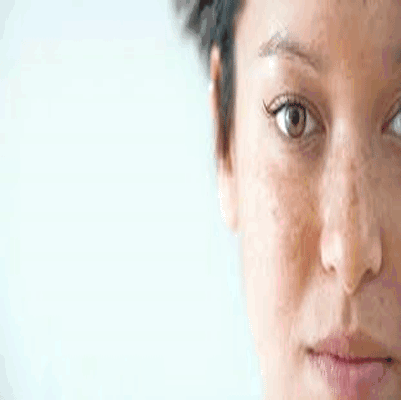
Depression-
Depression – A Silent Struggle & Homeopathic Healing
Overview
Depression is more than just feeling sad. It is a persistent state of low mood, hopelessness, and lack of interest that can deeply affect one’s daily life, relationships, and overall health.
Unlike temporary sadness, depression drains energy, motivation, and self-confidence, making even small tasks feel overwhelming.
The good news is – with gentle and holistic Homeopathy, true healing is possible.
Causes of Depression
-
Stressful life events (loss, failure, separation, financial burden)
-
Hormonal imbalance (postpartum depression, thyroid issues, menopause)
-
Genetic predisposition
-
Chronic illnesses or long-standing pain
-
Lack of sleep, unhealthy lifestyle
-
Suppressed emotions or past trauma
-
Substance abuse (alcohol, drugs)
Effects if Untreated
-
Persistent sadness and loss of interest
-
Sleep disturbances (insomnia or oversleeping)
-
Physical weakness, fatigue, and headaches
-
Memory loss, poor concentration, low productivity
-
Relationship breakdowns, social withdrawal
-
Risk of addiction (alcohol, drugs)
-
In severe cases → self-harm or suicidal thoughts
Homeopathic Treatment for Depression
Homeopathy works by addressing the root emotional and physical causes, restoring balance, and improving the patient’s overall well-being.
Some commonly indicated medicines (selected after individual case study):
-
Ignatia Amara – For grief, emotional shock, and silent suffering.
-
Natrum Muriaticum – For reserved, sensitive individuals who bottle up emotions.
-
Aurum Metallicum – For deep sadness, hopelessness, and suicidal thoughts.
-
Sepia – For women with hormonal depression, irritability, and indifference.
-
Pulsatilla – For mood swings, weeping tendency, and need for comfort.
-
Arsenicum Album – For anxiety, restlessness, and fear of being alone.
Why Choose Spaks Homeopathy?
-
Root cause approach – Treats mind, body & emotions together.
-
Personalized care – Medicines selected as per your unique nature.
-
Safe & non-addictive – No dependency like antidepressants.
-
Boosts emotional resilience – Helps restore confidence, peace, and joy.
Address: E-38, Budh Vihar, Badarpur, New Delhi – 110044
Email: info@spakshomeopathy.com
Phone: +91 8700458818
At Spaks Homeopathy, we don’t just treat depression, we help you rediscover happiness and inner balance.
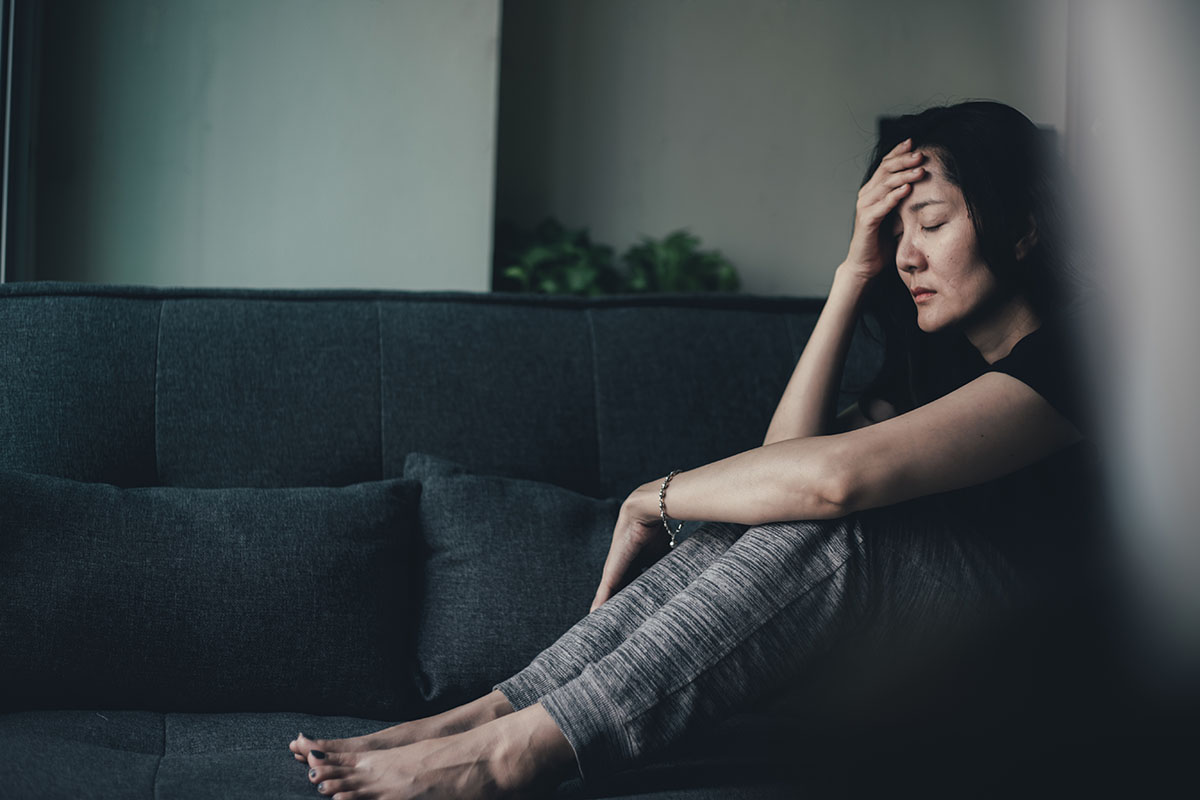
Dysmenorrhoea
Dysmenorrhoea – Painful Periods & Homeopathic Healing
Overview
Dysmenorrhoea refers to painful menstruation, where women suffer from abdominal cramps, backache, and discomfort during periods.
For some, the pain is mild, but in many cases, it becomes so severe that it interferes with daily activities, work, and emotional well-being.
The good news is – Homeopathy offers safe, long-lasting relief without side effects.
Causes of Dysmenorrhoea
-
Hormonal imbalance
-
Excess prostaglandin release (causing strong uterine contractions)
-
Pelvic infections
-
Endometriosis, fibroids, ovarian cysts
-
Emotional stress and anxiety
-
Weak pelvic muscles or sedentary lifestyle
Effects if Untreated
-
Severe abdominal cramps and pelvic pain
-
Backache and pain radiating to thighs/legs
-
Nausea, vomiting, and dizziness
-
Weakness, fatigue, and mood swings
-
Difficulty focusing on work/studies
-
In some cases, infertility (if underlying conditions persist)
Homeopathic Treatment for Dysmenorrhoea
Homeopathy focuses on the root cause by restoring hormonal balance, reducing uterine spasms, and strengthening overall health.
Commonly Indicated Remedies (prescribed after individual case study):
-
Magnesia Phosphorica – For cramping pain, better by warmth & pressure
-
Cimicifuga – For radiating pain in thighs & back
-
Pulsatilla – For irregular menses with mood swings & weeping tendency
-
Sepia – For pelvic congestion, irritability & hormonal imbalance
-
Belladonna – For sudden, intense pain with heaviness
Why Choose Spaks Homeopathy?
Root-cause healing – addresses mind, body & emotions
safe & natural – no hormonal pills, no side effects
Personalized care – medicines chosen as per individual symptoms
Improves overall health – regulates cycles, builds strength & energy
Expertise in female health – PCOD, infertility, irregular menses & more
Address: E-38, Budh Vihar, Badarpur, New Delhi – 110044
Email: info@spakshomeopathy.com
Phone: +91 8700458818
At Spaks Homeopathy, we don’t just relieve period pain – we help women live with comfort, confidence, and balance. ?
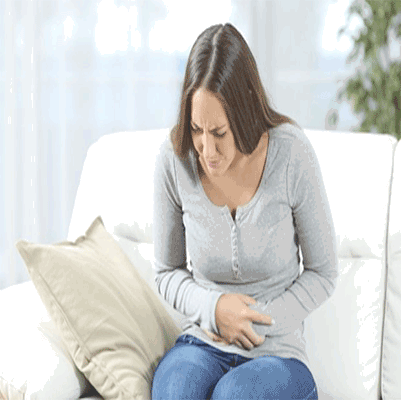
Endometriosis
Endometriosis – Silent Pain, Gentle Healing with Homeopathy
Overview
Endometriosis is a condition where tissue similar to the lining of the uterus (endometrium) grows outside the uterus – on the ovaries, fallopian tubes, or pelvic lining.
It often causes severe pelvic pain, heavy bleeding, infertility, and emotional stress.
Homeopathy provides natural, long-lasting relief without side effects.
Causes of Endometriosis
-
Hormonal imbalance (estrogen dominance)
-
Retrograde menstruation (backward menstrual flow)
-
Weak immune system
-
Genetic predisposition (family history)
-
Chronic stress and unhealthy lifestyle
Effects if Untreated
-
Severe pelvic and abdominal cramps
-
Painful menstruation (dysmenorrhoea)
-
Pain during intercourse (dyspareunia)
-
Heavy or irregular bleeding
-
Risk of infertility
-
Emotional stress, depression, mood swings
Homeopathic Treatment
Homeopathy works on the root cause by balancing hormones, reducing inflammation, and preventing recurrence.
Common Remedies
-
Sepia – For hormonal imbalance, pelvic congestion, irritability
-
Lachesis – Left-sided pain, relief after flow starts
-
Pulsatilla – Irregular painful periods, mood swings, weeping tendency
-
Magnesia Phos – Severe cramping, better with warmth
-
Cimicifuga – Radiating pelvic pain with emotional stress
Why Choose Spaks Homeopathy?
-
Focus on root cause healing – restores natural balance
-
Gentle, side-effect free medicines
-
Relief from pain, bloating, heavy bleeding, weakness
-
Improves fertility and emotional health
-
Specialized care for PCOD, Fibroids, Infertility, Painful Periods
Clinic Information
Address: E-38, Budh Vihar, Badarpur, New Delhi – 110044
Email: info@spakshomeopathy.com
Phone: +91 8700458818
At Spaks Homeopathy, we don’t just treat symptoms – we help women regain comfort, confidence, and complete healing.
